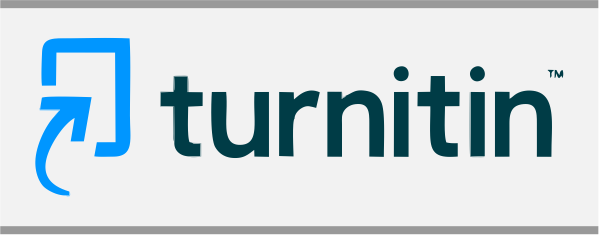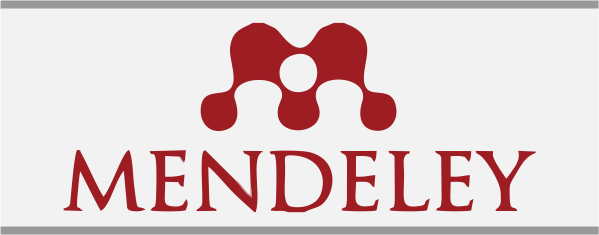THE CONTRIBUTION OF LITERATURE TEACHING IN LEARNER’S ABILITY TO RESPOND TEXT
(1) IAIN Syekh Nurjati Cirebon
(*) Corresponding Author
Abstract
Abtract : Many discussions about the benefit of literary work and literature teaching lead the presence of this research. It appears to reveal the process of literature teaching in responding literature. This research explores about EFL learner’s ability in responding literary text whether it is directly or indirectly. This research, therefore, reveals the involvement of emotion, experience, and interest while responding text. This research also reveals the engagement between EFL learners and text based on some criteria which have stated above. Another problem is the way EFL learner respond text appropriately especially literary text. This research used case study because this research attempts to describe engagement between reader and literary work which pointed out by reader response. This research also wants to describe the contribution of literature teaching behind learners’ process in responding it. The researcher found contribution of literature teaching from learners’ involvement as respondents in this research, that is, learners involved their personal experience in responding text as aesthetic demand. This is the learning objective of “Literary Work Analysis†course and it means that the expected achievement in this course is achieved.
Â
Keywords : EFL, lietrature work, literature teaching, students responds.
Full Text:
PDFReferences
Ary et al. (2010). Introduction to Research Education (8th ed). USA: Wadsworth.
Baker Linda & Wigfield Allan. (1999). Dimensions of Children’s Motivation for Reading and Their Relations to Reading Activity and Reading Achievement. Reading Research Quarterly, 34, 452–477, International Reading Association.
Beach Richard. (1993). Reader-Response Theories. United States of America: NCTE.
Creswell John W. (2012). Educational Research: Planning, Conducting and Evaluating Quantitative and Qualitative Research. Fourth Edition, United States of America: Pearson Education.
Garzon Eliana & Pena Harold Castaneda. (2015). Applying the Reader-Response Theory to Literary Texts in EFL-Pre-Service Teacher’s Initial Education. Canadian Center of Science and Education, 8(8).
Herlina Nirma, (2016). Teaching Literature Through Poetry: A Shifting Reading Orientation From Efferent To Aesthetic. Edulite, Journal of English Education, Literature, and Culture, 1(2).
Hwang Diana & Embi Mohamed Amin. (2007). Approaches Employed By Secondary School Teachers to Teaching The Literature Component in English. Jurnal Pendidik dan Pendidikan, Jil. 22, 1-23.
Hughes Janette. (2007). Poetry: A Powerful Medium for Literacy and Technology Development. The Literacy and Numeracy Secretariat.
Jones Jane. (1998). Lesson planning: Towards purposeful learning and effective teaching. Encuentro. Revista de Investigación e Innovación en la clase de idiomas,10,1998.
Lehtonen Mikko. (2000). The Cultural Analysis of Texts. Sage Publications: London, Thousand Oaks, New Delhi.
Lobo2 Alejandra Giangiulio. (2013). Reader-Response Theory: A Path Towards
Wolfgang Iser. Letras 54.
Rosenblatt Louise M. (1994). The Reader, The Text, The Literary work: The Transactional of Literary Work. Southern Illinois University: The Board of trustees.
Sanders April. (2012). Rosenblatt’s Presence in the New Literacies Research. In the National Council of Teachers of English, 24(1).
Wiliam Dylan. (2013). Assessment: The Bridge between Teaching and Learning. National Council of Teachers of English, Voices from the Middle, December 2013.
Zhen Chen. (2012). Characteristics and Strategies of Literature Teaching in the EFL Context in China. International Journal of Electronics and Communication Engineering.
DOI: 10.24235/eltecho.v2i2.2178
Article Metrics
Abstract view : 518 timesPDF - 225 times
Refbacks
- There are currently no refbacks.
Â
This Journal is indexed by:
Â

This work is licensed under a Creative Commons Attribution 4.0 International License.










